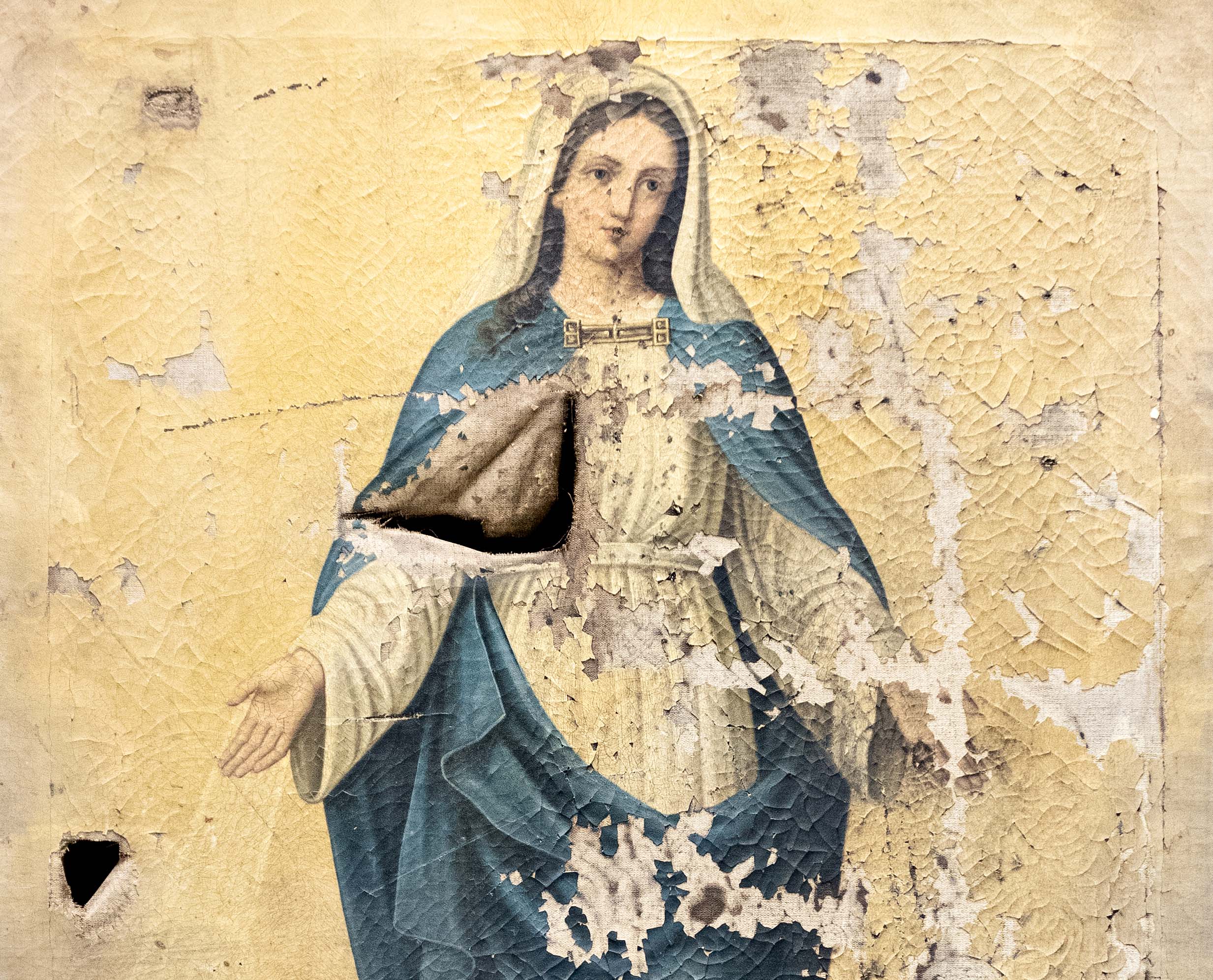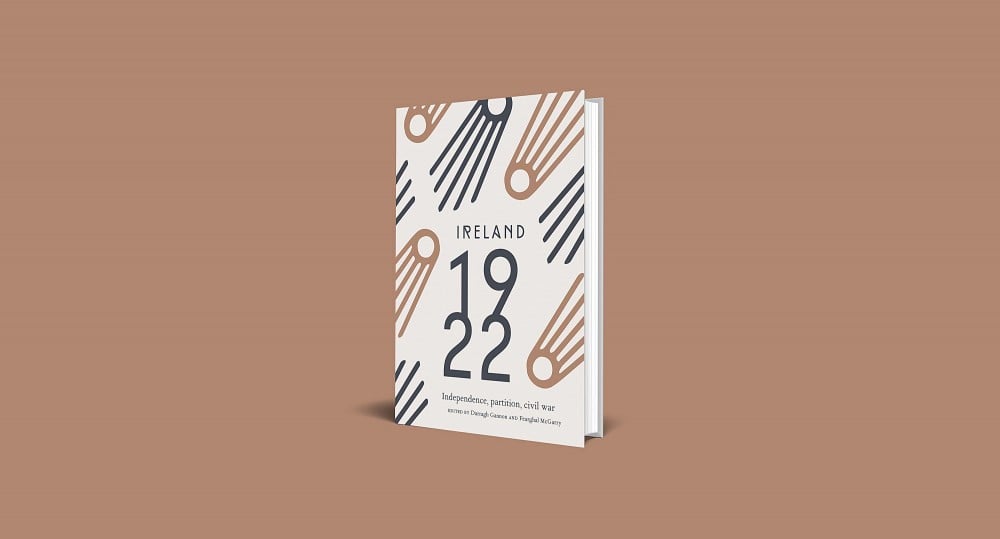24 March 1922: The McMahon Murders
Class and Killing in Belfast
by Laurence Marley
Despite the truce between Crown forces and the IRA in July 1921, violence intensified in Belfast that summer, the brunt of it borne by the local Catholic community, which constituted 25 per cent of the city’s population. Belfast now served as the capital of the new Northern Ireland polity, which had been established (with an in-built Protestant majority) in order to settle historically freighted Ulster unionist fears of Irish independence. In the immediate aftermath of partition, these fears remained heightened. The middle-class leaders of constitutional nationalism in Belfast harboured a hope that the adoption of a policy of ‘recognition’ of the Northern parliament and its government would result in an end ‘to the present campaign of persecution’.¹ But, given events on the ground, this view was entirely out of step with the experiences of Catholics in working-class, ghettoised areas of the city. Of all the attacks on the Catholic community in this period, the one that shocked contemporaries most, however, was the murder of the prosperous Catholic publican Owen McMahon, together with four of his sons (aged between 15 and 26 years) and a barman who was present during the attack at the family’s home in north Belfast in the early hours of 24 March 1922. News of the killings reverberated throughout Ireland and beyond.
Only weeks earlier, on 16 February, Winston Churchill had stood in the House of Commons in London and lamented the divisions that continued to beset Ireland in the aftermath of the First World War. Yet the conflict to which he alluded, including its ugly sectarian manifestations, was fundamentally an Anglo-Irish conflict, with centuries of history. Indeed, as secretary of state for war in July 1920, Churchill himself had urged the arming of Protestants in Ulster as a means of defeating the IRA, the result of which—with added pressure from the then soon-to-be prime minister of Northern Ireland, James Craig—was the formation of the state-sponsored Ulster Special Constabulary, the most notorious section of which was the B-Specials. What was unleashed by this strategy was concerted attacks on republicans and Catholics generally, much of it directed in Belfast by Royal Irish Constabulary (RIC) District Inspector John Nixon, whose men operated out of police barracks at Brown Square, near the city centre. It is generally accepted that it was this unit that planned and executed the McMahon attack.²
For some time, Joe Devlin, MP for West Belfast and the leading nationalist politician in the north, had been protesting about Crown force involvement in the killing of Catholics. In his view, only one conclusion could be drawn from the free movement of assassins in a city under curfew. In the House of Commons on 14 June 1921 he raised the matter yet again, following the separate abduction and killing of three young men in the city only two days previously: Alexander McBride, William Kerr and Malachy Halfpenny. In addressing the Commons, Devlin paid particular attention to the sacrifice made by the youngest, Halfpenny, a 22-year-old postman who had served with the Royal Field Artillery in the First World War.³ In fact, Halfpenny and his three older brothers had all served; the eldest, Jack, dying at the Battle of Messines in June 1917. For Rosamund Stephen, an English-born Church of Ireland lay missionary who was active among the working class in Belfast, and who had had contact with the Halfpenny family for some years, blame for the killing rested firmly with the Specials. In a letter to her sister, Katharine, she matter-of-factly referred to theSpecials as ‘the men[,] you know[,] who k . . . . d Malachy’.⁴
Even though Halfpenny was effectively described as a ‘Sinn Féiner’ in the unionist press, there is nothing to indicate that he had been anything other than a Devlinite, as Devlin himself attested. In explaining the Halfpenny murder, it has been suggested that, unlike McBride and Kerr, who appear to have had some connection with the IRA, Halfpenny may simply have been a victim of mistaken identity.⁵ Yet Rosamund Stephen’s‘Journal’ reveals that, four months before the killing, the Halfpenny home, in the working-class Catholic enclave of Ardoyne, had been raided by Crown forces in what appears to have been an intelligence-gathering exercise.⁶ This may lend some support to claims made in the nationalist press around that time, and later stated in a memo composed for the Free State Department of Defence in Dublin, that elements of the city’s police were targeting constitutional nationalists, like Halfpenny, in the summer of 1921. If true, this tactic was in place well before the McMahon killings.
Yet, the attack on the McMahons does stand out in one hugely important respect. There seems to be little doubt that it was principally designed to send out the unambiguous message that even a Catholic of Owen McMahon’s social standing was not off limits. To be sure, McMahon was one of the wealthiest Catholics in Belfast, where he had business and leisure ties with middle-class Protestants. His home was situated in the predominantly Protestant neighbourhood of Thorndale, an affluent section of the city. The message attached to the killing was certainly not lost on the Catholic community, especially not on Devlin, who was outraged.
However shocking the McMahon attack was in terms of scale, it is worth noting that there was no sign that the victims’ bodies had been mutilated, as was the case with some others who had been killed during this intensely violent period. The victims in the McMahon case had all been shot in a clinical execution. By contrast, Halfpenny’s corpse bore not only the marks of multiple gunshot wounds, but also, apparently, signs of torture and mutilation.⁷ This puts into context the observation of one Catholic contemporary who recalled that ‘we didn’t think [the McMahon killings] especially brutal’.⁸ Yet it was the class dimension that gave the attack its real significance, and the rationale for those who planned it. Speaking in the House of Commons on 28 March, two days after the burial of most of the victims, Devlin felt it appropriate to declare that the assassinations had ‘shocked almost the entire world’. He even read from a leading unionist paper, the Belfast Telegraph, which described the deed as ‘the most terrible assassination that has yet stained the name of Belfast’.⁹
The funeral of McMahon and his sons attracted at least ten thousand mourners, among whom were members of the Catholic political and clerical elite. Protestants, particularly from the business community, were also in attendance.¹⁰ The event served as a rallying point for a Catholic community that was now more alarmed than ever. The number and the range of mourners bore witness to Owen McMahon’s social status in the community. In his Commons speech, Devlin would protest that this ‘leading merchant in the City of Belfast’ was beyond reproach, ‘the most unoffending citizen’. But therein lay the issue. In this part of the United Kingdom, where the minority status of Catholics derived from the crude demographic arithmetic of partition, McMahon’s rights of citizenship were not assured, nor, as Devlin knew well, protected by political leaders in London. Though they were social worlds apart, Owen McMahon and Malachy Halfpenny had that in common, at least.
Extracted from Ireland 1922 edited by Darragh Gannon and Fearghal McGarry and published by the Royal Irish Academy with support from the Department of Tourism, Culture, Arts, Gaeltacht, Sport and Media under the Decade of Centenaries 2012-2023 programme. Click here to view more articles in this series, or click the image below to visit the RIA website for more information.






















